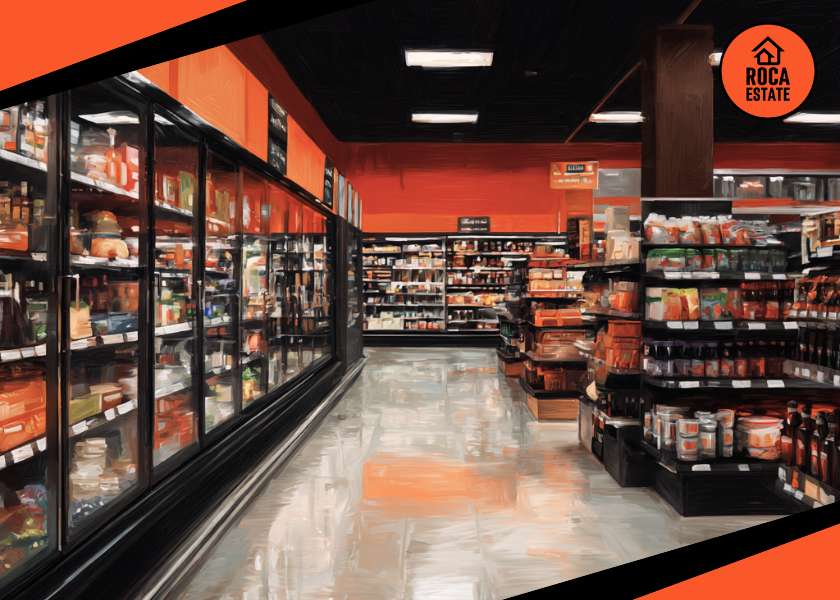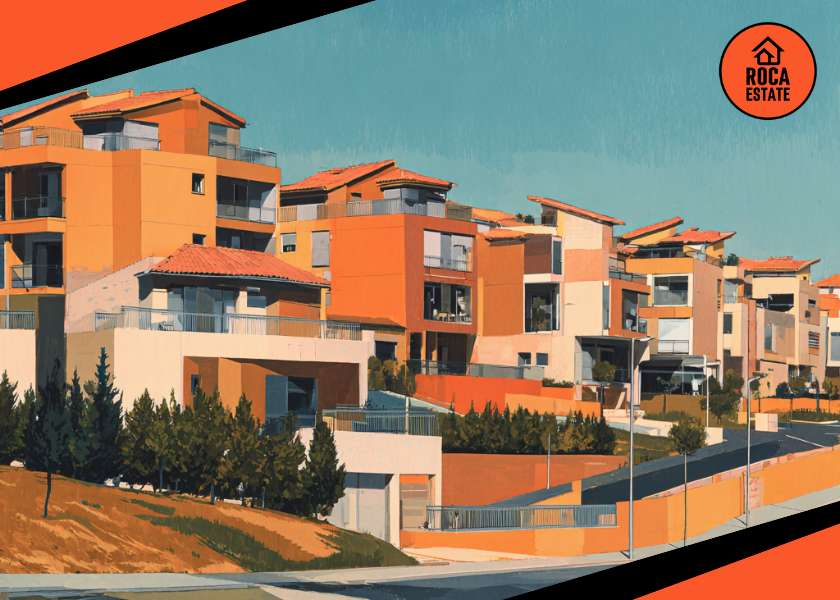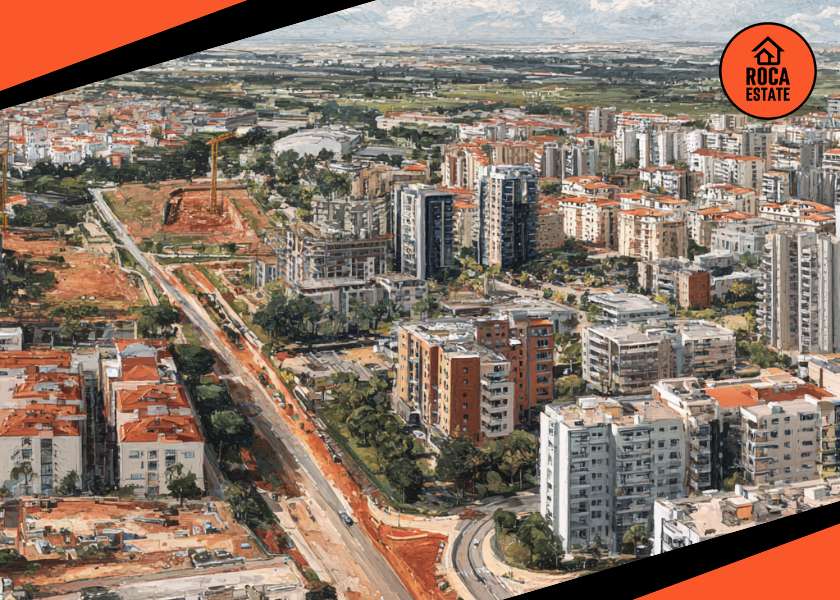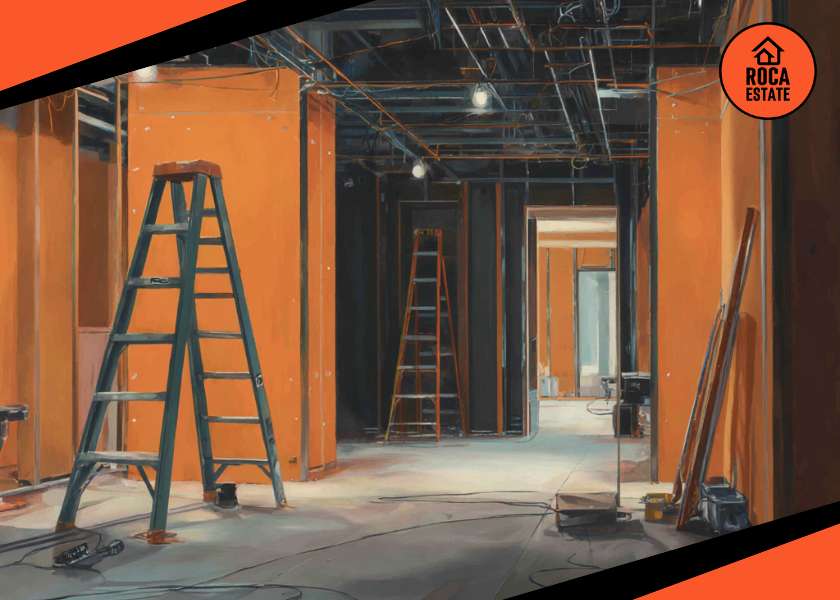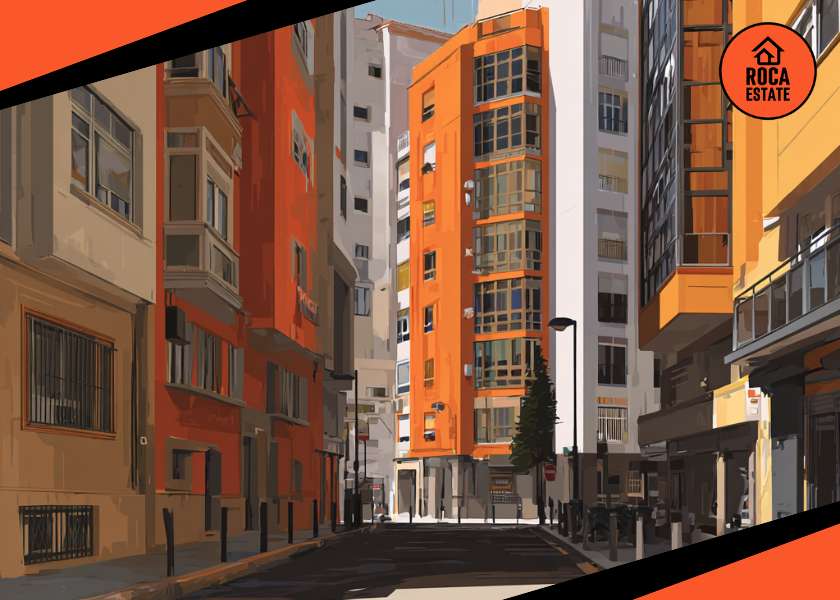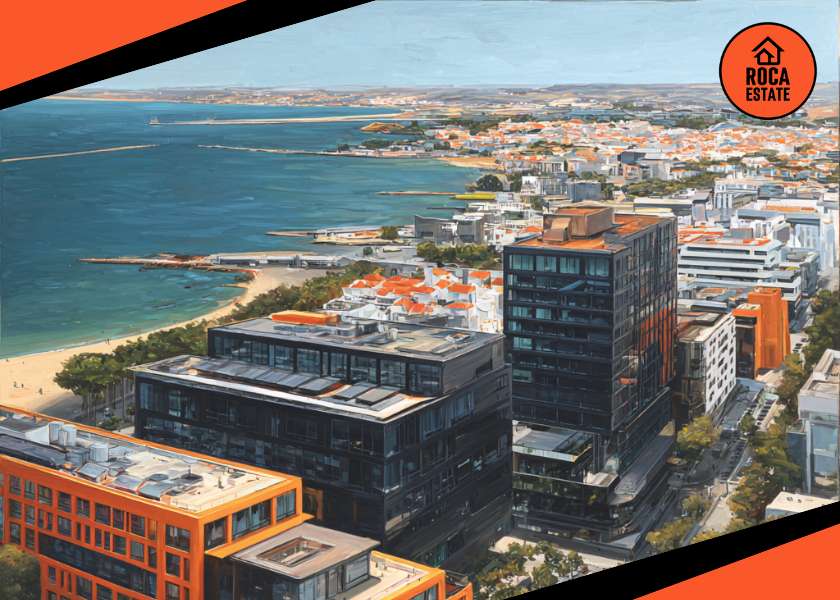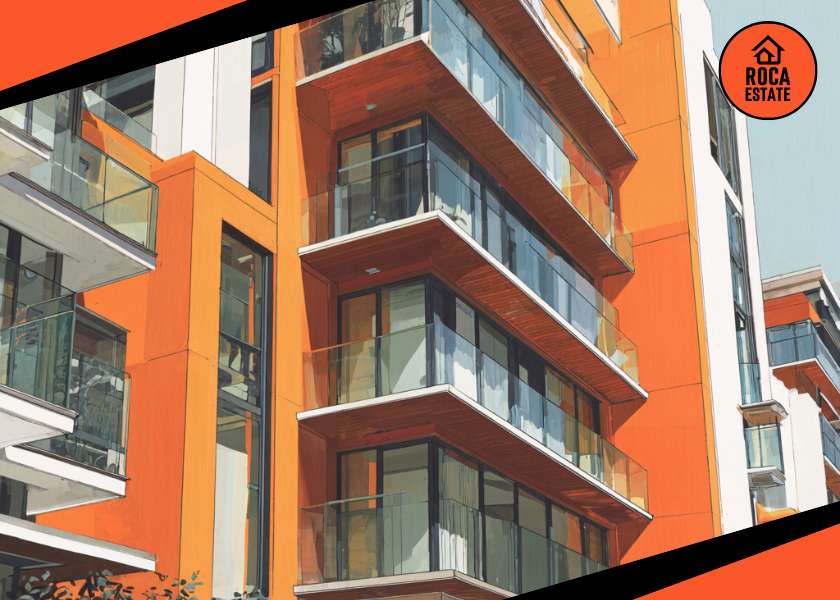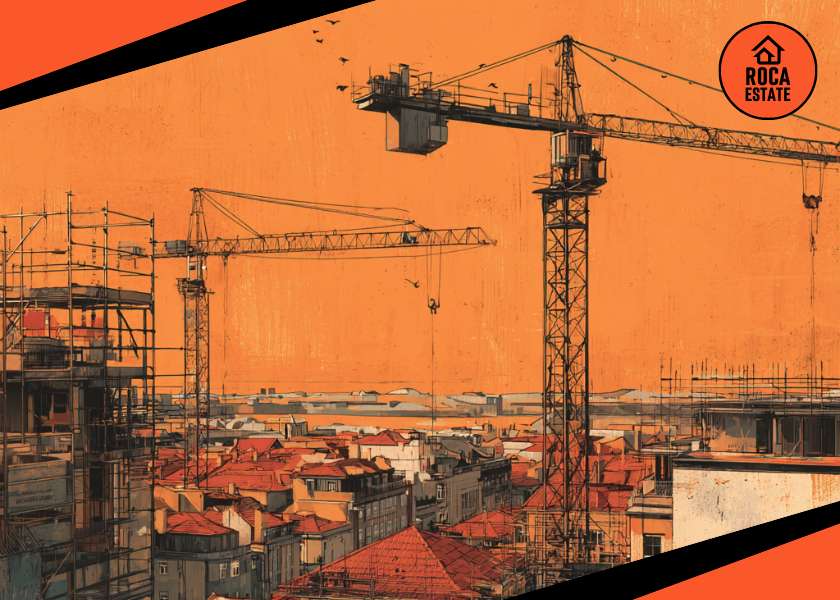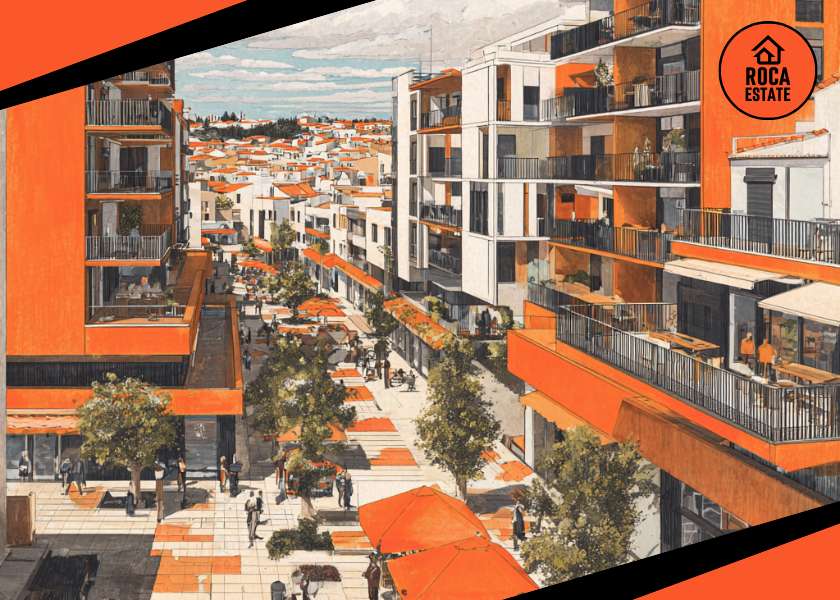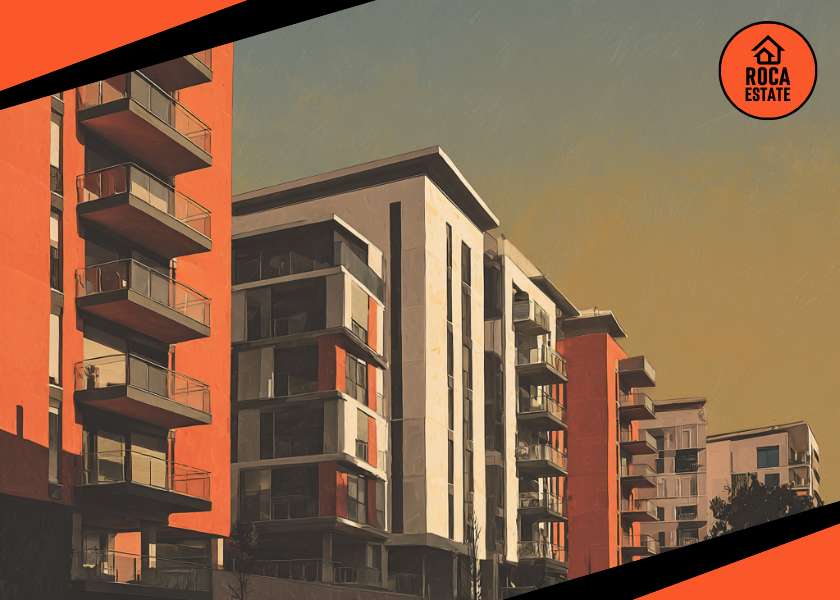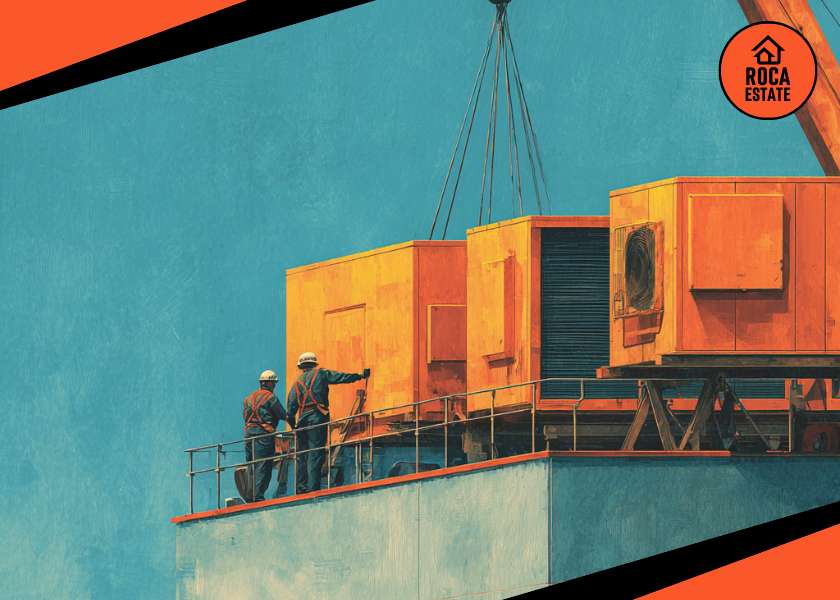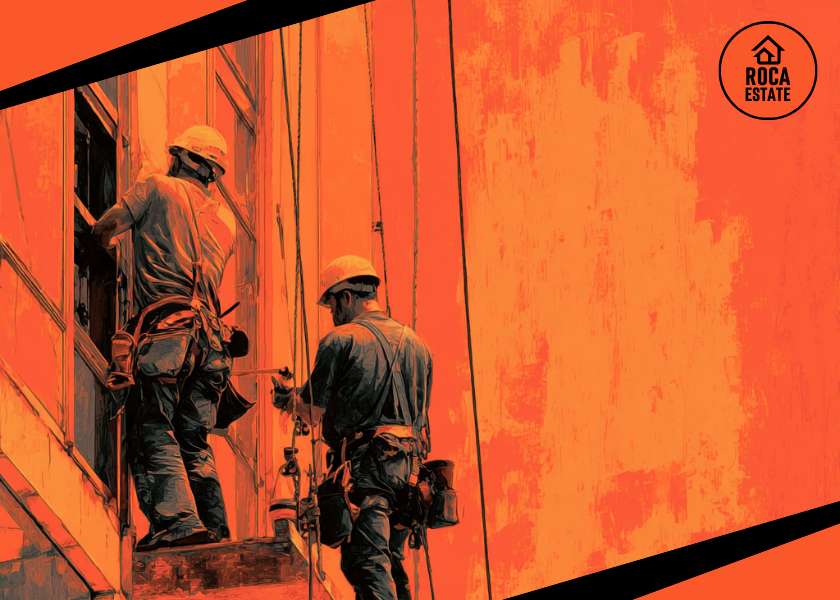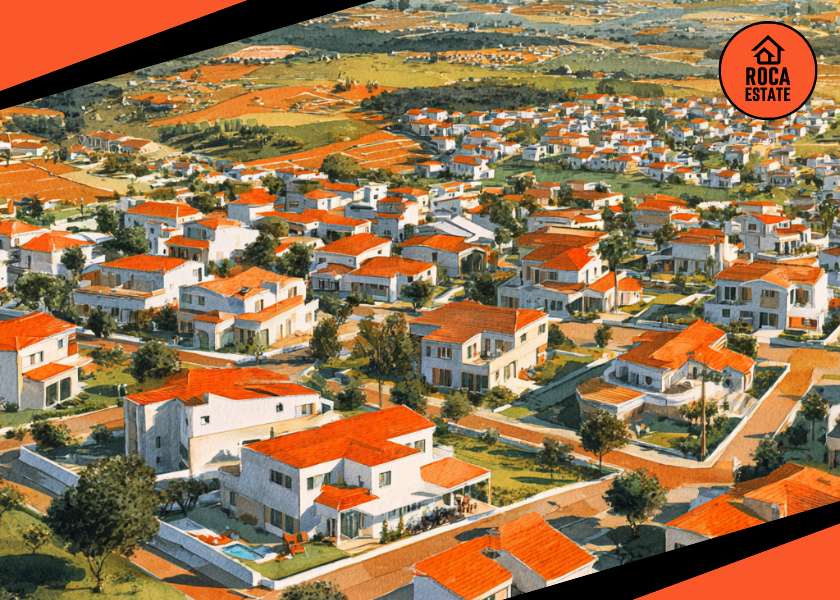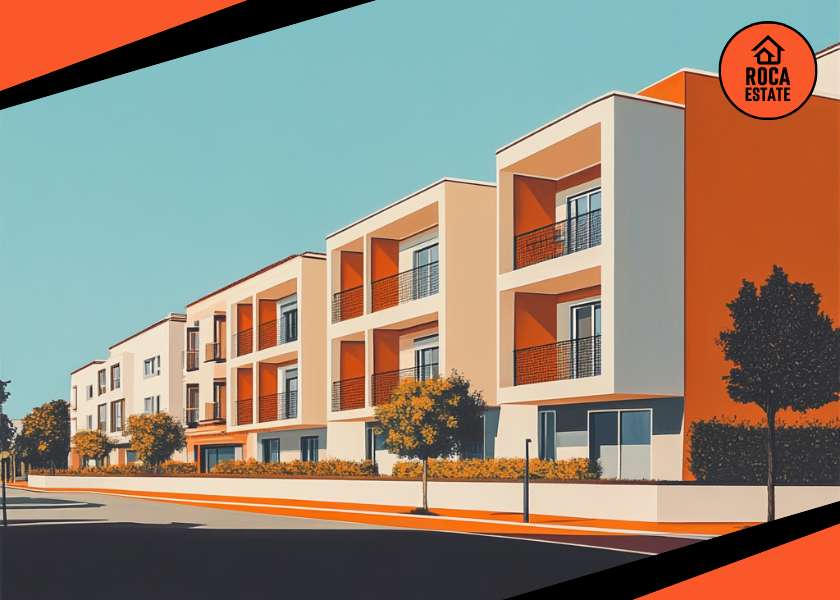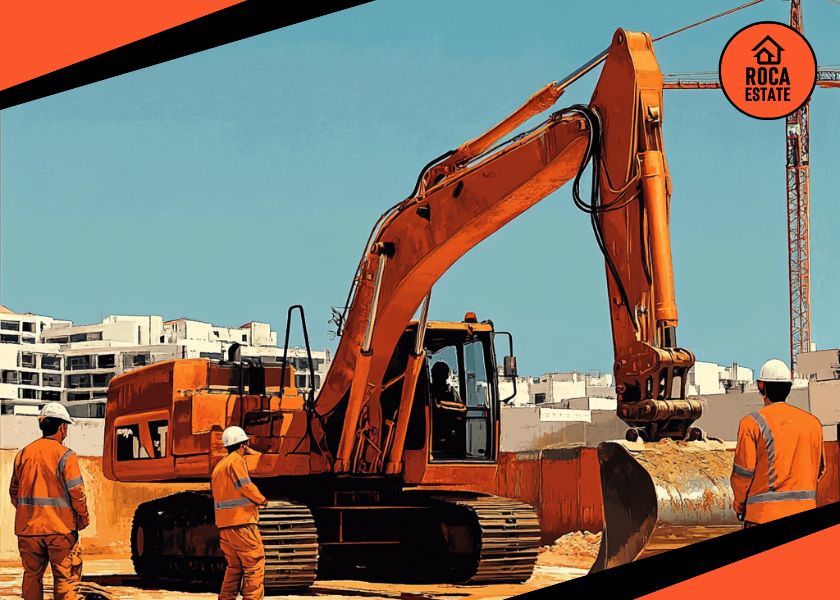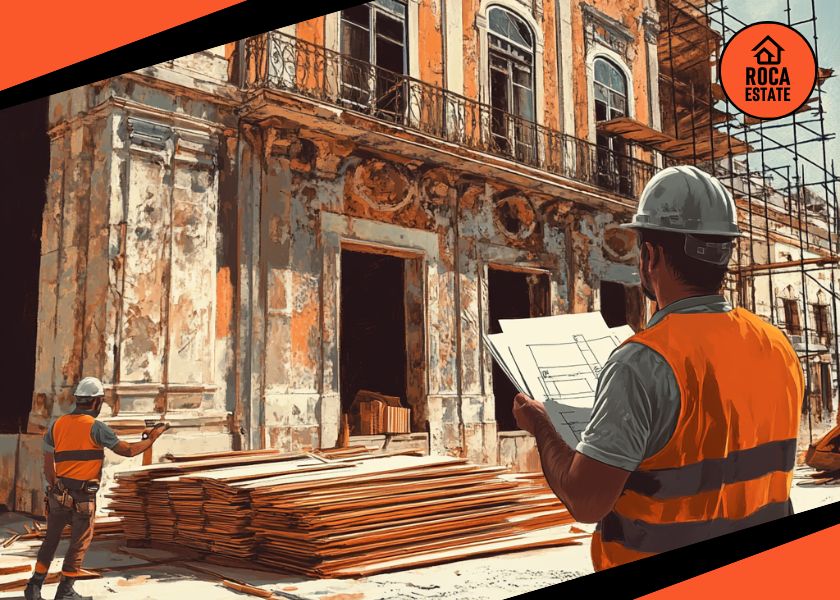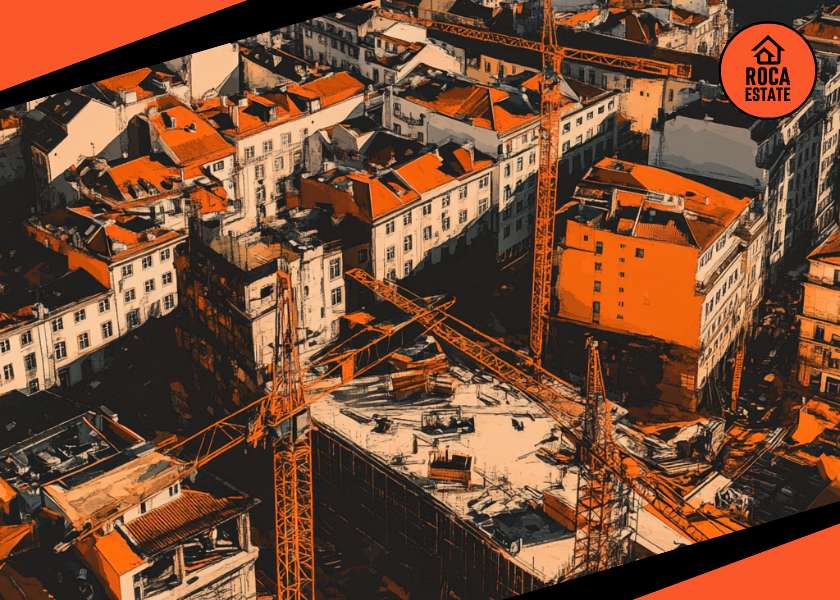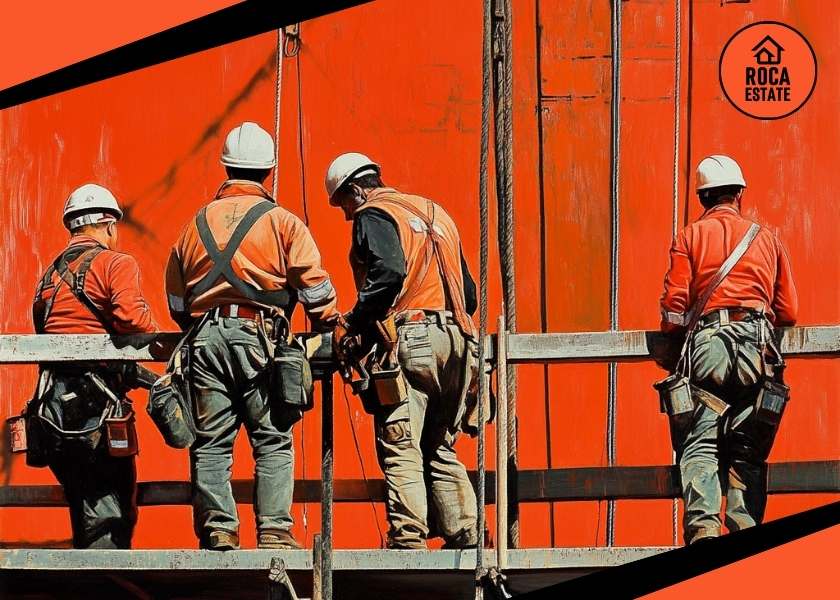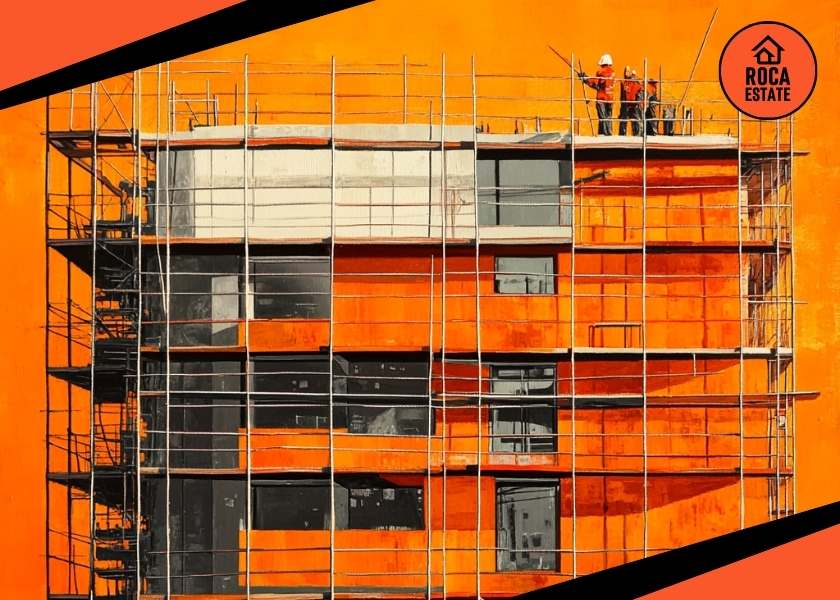April 2025 Construction Cost Data
Construction costs in Portuguese real estate rose 3.7% year-on-year in April 2025, according to Statistics Portugal (INE), reflecting continued pressure on labor and modest material cost growth. While slightly below March’s 3.8%, the new figures confirm a trend: construction inflation, though moderating from its 2022 peaks, remains structurally persistent, especially on the labor side.
Drilling down, labor costs jumped 6.8% YoY in April, outpacing the 1.2% increase in material costs. On a month-to-month basis, both segments rose 0.6%, suggesting no immediate relief for developers. This labor-driven inflation is now the dominant story in construction economics, shaping margins and feasibility for new builds.
What This Means for Real Estate Investors
For investors focused on development or refurbishment projects, this bifurcation between labor and material inflation deserves close attention. Margins are increasingly sensitive to local labor dynamics, especially in urban centers where skilled construction labor is in short supply. The rising cost base can compress expected returns unless either sales prices grow in tandem or developers aggressively manage build schedules and scope.
In contrast, material prices, which were a key inflation driver in 2021–2022, have stabilized, suggesting that global supply chains have largely normalized. Investors with exposure to prefabricated or modular construction may find relative insulation from labor volatility, an advantage worth factoring into strategic planning.
Strategic Forward Look: Risks and Signals
Looking ahead, several indicators should be on investors’ radar:
- Labor Market Tightness: Any further acceleration in labor cost growth (already up 8.2% on a 12-month rolling basis) could tilt project economics. Track wage pressure and employment rates in the construction sector closely.
- Interest Rate and Financing Climate: Rising construction costs amid still-elevated interest rates can deter lending or trigger repricing of project risk. Coupled with tighter credit conditions, this could slow project pipelines, particularly in secondary markets.
- Regulatory Shifts: Any policy aimed at workforce expansion – e.g., relaxed immigration rules for construction labor – could ease long-term cost pressures. Investors should monitor legislative activity with potential labor supply impacts.
- Construction Demand Pipeline: Watch for leading indicators such as permit issuance and land acquisition trends. A slowdown here could signal an inflection point for cost pressures if demand begins to soften.
Conclusion: Stay Grounded, Stay Alert
For those exploring or deepening exposure to real estate investments in Portugal, April’s data underscores a key dynamic: rising costs are still very much part of the landscape, albeit with a changing mix. Investors should integrate robust cost forecasting into their financial models, hedge against labor-related delays, and factor in local variations when comparing submarkets.
While the broader European inflationary environment continues to ease, Portugal’s construction sector is navigating a different curve – one shaped more by human capital than raw materials. For investors, that means watching labor trends and adapting strategies accordingly.


